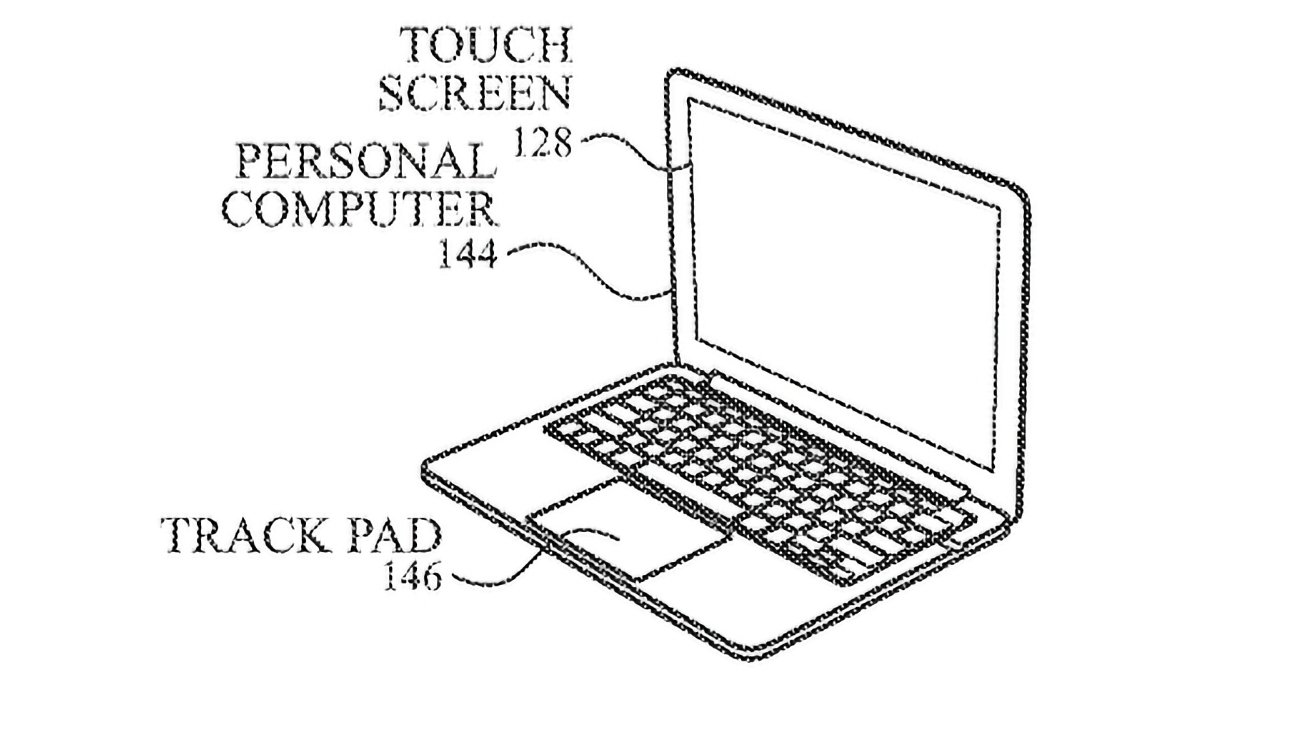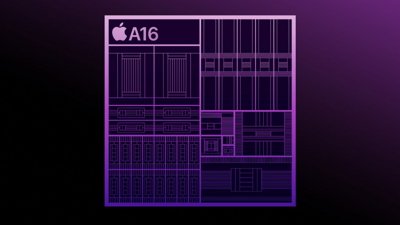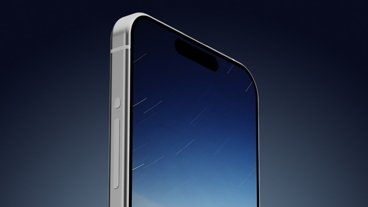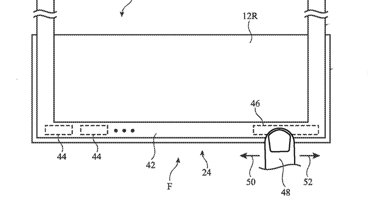Despite continually saying a touchscreen MacBook Pro is a bad idea, newly-revealed research shows Apple hasn't stopped exploring the idea.
Despite widespread excitement when there is even a hint of a touchscreen Mac, Apple's position has famously and consistently been that there will never be one. Specifically, the Mac and the touch-screen iPad are two different things, and we should all buy both of them.
"We really feel that the ergonomics of using a Mac are that your hands are rested on a surface, and that lifting your arm up to poke a screen is a pretty fatiguing thing to do," Craig Federighi, Apple's senior vice president of Software Engineering said in 2018. "I don't think we've looked at any of the other guys to date and said, how fast can we get there?"
But five years later in 2021, Apple applied for a patent that included a touchscreen Mac, and then in 2023, it filed another one. That patent, "Touch Sensing Utilizing Integrated Micro Circuitry," has now been granted.
"An integrated touchscreen can include light emitting diodes or organic light emitting diodes (LEDs/OLEDs), display chiplets and touch chiplets disposed in a visible area of the integrated touch screen," says the patent. "For example... the integrated touchscreen can also include electrodes disposed in the visible area of the integrated touch screen."
Patents do always aim to be sufficiently specific as to be defensible in court, but also broad to cover as wide a range of applications as possible. It is possible, then, that Apple is really investigating any kind of touchscreen, intending it for any kind of device, if it even has a particular device in mind.
However, as well as an illustration showing a MacBook Pro with a touchscreen, the text repeatedly refers to "an example personal computer that includes a trackpad and an integrated touch screen."
"Additionally it should be understood that although the disclosure herein primarily focuses on integrated touch screens," continues the patent, "some of the disclosure is also applicable to touch sensor panels without a corresponding display."
That's definitely Apple trying to cover all bases. And the majority of the patent's 51 pages and 15,000 words are concentrated on the specifics of making any touchscreen work.
In the patent, there are detailed explanations of how a screen can "include light emitting diodes or organic light emitting diodes (LEDs/OLEDs)." There are also discussions of "display chiplets and touch chiplets" to allow for touch-detection.
There's also a rare nod to pricing, with Apple even noting that "touch screens... are popular because of their ease and versatility of operation as well as their declining price."
Certainly something has stopped Apple putting a touchscreen into a MacBook Pro so far, but it's unlikely to be the cost.
This patent is credited to six inventors, including Christoph H. Krah, whose previous work includes touchscreens for the iPhone.
 William Gallagher
William Gallagher







-m.jpg)






 Wesley Hilliard
Wesley Hilliard

 Oliver Haslam
Oliver Haslam
 Christine McKee
Christine McKee
 Amber Neely
Amber Neely
 Andrew Orr
Andrew Orr

 Sponsored Content
Sponsored Content








11 Comments
The reasoning behind not having a touchscreen laptop option was always sketchy IMO.
Competing products have long had them without complaints or tired arms from users.
Tablets absolutely need keyboards for true productivity tasks and that effectively makes the combo a pseudo laptop. How many of those users have issues touching their screens?
It would also be great for 3:2 screen aspect ratios to become an Apple laptop option too.
I sit here writing this comment on a new 13 inch iPad Pro with the Apple magic keyboard with trackpad.
Other than some software, they’ve already created the touch laptop,
Just add the touchscreen and be done with it. Add a ui toggle in settings for touch controls for those who can’t seem to manage the already touch friendly ui and boom. Done.
With its M-series chips that can easily boot into iPadOS or MacOS, there's no reason to try to ham-fist "touch" into an OS that was never designed for it when Apple could (but never will) release a tablet capable of booting into either OS, selectable by the user at startup. Boot into iPadOS and the tablet behaves like a regular iPad. Boot into MacOS and the tablet turns off touch screen capability and you essentially have a Macbook when the tablet is paired with a Magic Keyboard.
The only reason we will never get such a device is because Apple wants to continue selling us two devices, not one.
Maybe this will finally motivate apple to again offer a 17” or even 18” notebook.